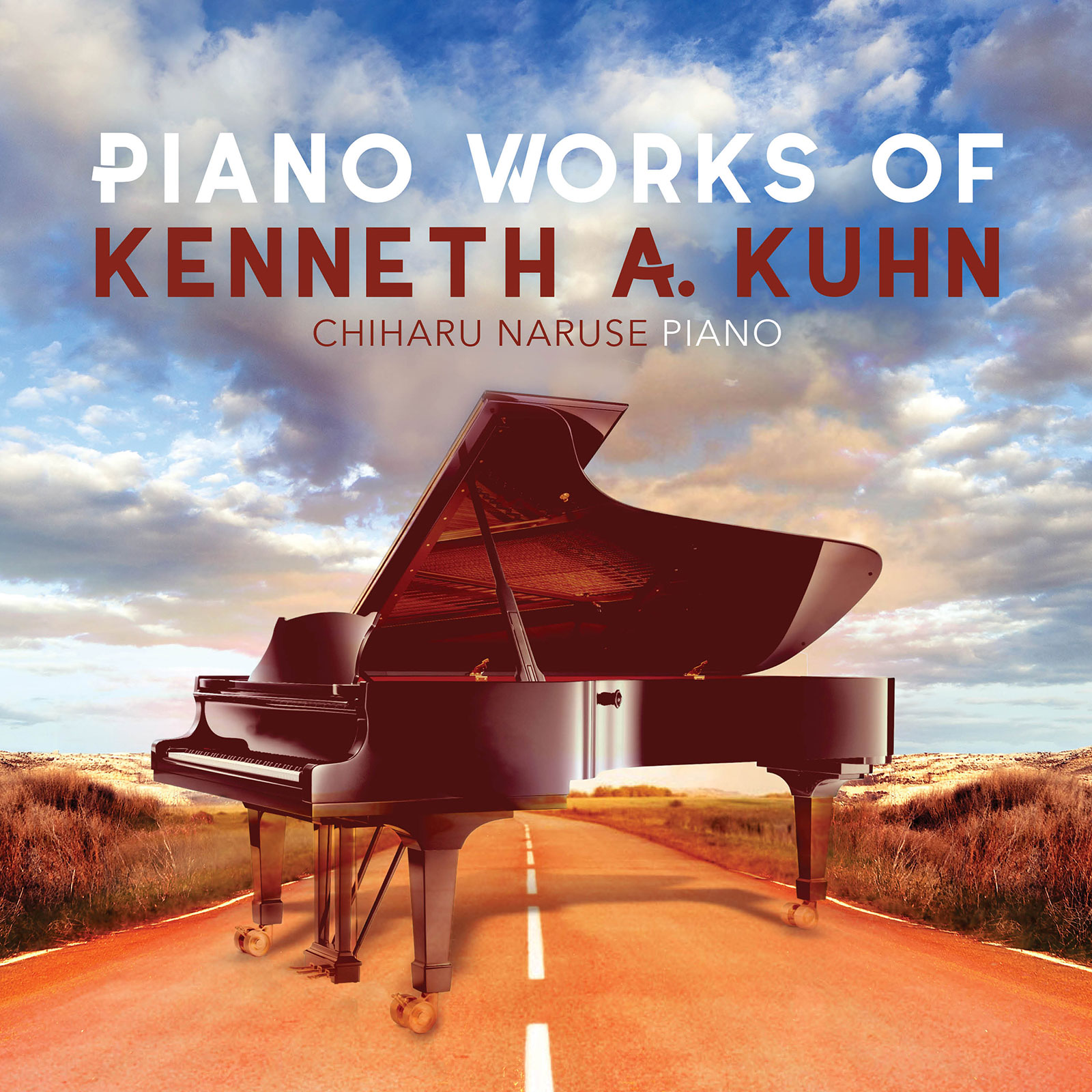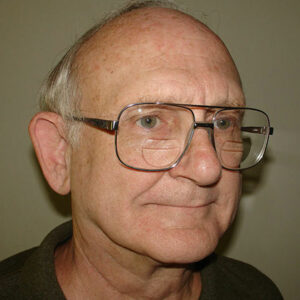
Share Album:
Piano Works of Kenneth A. Kuhn
Kenneth Kuhn composer
Chiharu Naruse piano
Composer and pianist Kenneth Kuhn, after finding the music he wanted to hear did not exist, strove to bring his own musical visions to life. The result, PIANO WORKS OF KENNETH KUHN, is a cathartic journey through the memories and imagination of the composer. Romantic in quality, thematic, memorable, and deeply moving, Kuhn’s latest work leaves listeners feeling enriched and enchanted.
Kuhn’s compositions arose from three main sources: dreams, memories, and spontaneity. In Prelude No. 3 in G-minor, the composer describes the free-flowing second section as having formed on its own, stating “As if controlled by some external something I literally watched my hands play this without any thought in the process.” An Alpine Song formed from a dream of a young Bavarian woman singing and playing guitar in the Alps and what the composer could recall of her exotic melodies upon waking. In Ode to Memories, the composer reminisces on his own past and its ups and downs, from joyous school years to the sudden death of a dear friend. Sublime in nature and simultaneously tender and haunting, each memorable composition tells its own story.
PIANO WORKS OF KENNETH KUHN bares the heart, mind, and soul of the composer in a beautiful, sentimental fashion. With its emotional height and depth, nature-inspired melodies, and connection to the sublime, Kuhn’s collection both moves and inspires listeners.
Listen
Stream/Buy
Choose your platform
"an hour of piano music that you can allow to wash over you basking in these rich harmonies and melodies"
Track Listing & Credits
| # | Title | Composer | Performer | |
|---|---|---|---|---|
| 01 | Prelude No. 3 in G Minor | Kenneth A. Kuhn | Chiharu Naruse, piano | 8:10 |
| 02 | An Alpine Song (Arr. for Piano) | Kenneth A. Kuhn | Chiharu Naruse, piano | 6:36 |
| 03 | Fantasia on a Folk Theme | Kenneth A. Kuhn | Chiharu Naruse, piano | 14:02 |
| 04 | Prelude on a Hymn Tune | Kenneth A. Kuhn | Chiharu Naruse, piano | 6:20 |
| 05 | Impromptu No. 1 in D Minor (Arr. for Piano) | Kenneth A. Kuhn | Chiharu Naruse, piano | 2:08 |
| 06 | Ode to Memories (Arr. for Piano) | Kenneth A. Kuhn | Chiharu Naruse, piano | 10:40 |
| 07 | Song of the American Frontier (Version for Piano) | Kenneth A. Kuhn | Chiharu Naruse, piano | 10:04 |
All Tracks Recorded February 9, 10, and 12 at Futura Productions in Roslindale MA
Recording Session Producer & Engineer John Weston
Assistant Engineer Jacob Steingart
Executive Producer Bob Lord
Executive A&R Sam Renshaw
A&R Chris Robinson
Vice President, Audio Production Jeff LeRoy
Engineering Manager Lucas Paquette
Recoring Session Manager Levi Brown
Design & Marketing Director Brett Picknell
Design Emily Roulo
Artist Information

Kenneth A. Kuhn
Kenneth A. Kuhn (Ken) (B. 1954) is an electrical engineer specializing in electronic circuit design who had the privilege of growing up with a great appreciation of classical music. His favorite composers include Anton Bruckner and Gustav Mahler. Over the years classical music enhanced mental skills valuable for his engineering career. Composing music and designing electronic circuits are very interrelated as each enhances the other.

Chiharu Naruse
Chiharu Naruse holds master’s degrees in Music Performance and Music Instruction from the Hochschule für Musik Hanns Eisler in Berlin. She has participated in several international piano competitions, and won the silver prize in the Hyogo Piano Competition in Japan. In 2002, Chiharu moved to the United States to study under Frank Glazer.
Chiharu Naruse
Chiharu Naruse holds master’s degrees in Music Performance and Music Instruction from the Hochschule für Musik Hanns Eisler in Berlin. She has participated in several international piano competitions, and won the silver prize in the Hyogo Piano Competition in Japan. In 2002, Chiharu moved to the United States to study under Frank Glazer. She has since performed frequently in Maine, including solo recitals, concertos, and chamber music performances with such groups as the Portland String Quartet, Da Ponte String Quartet, and Venti Cordi. She was a featured artist at the Ocean Park Music Festival and the Franco-American Heritage Center, and has also toured in France and Japan. Chiharu is a well-respected music teacher, chamber music coach, music competition adjudicator, and accompanist, with many of her students receiving competition prizes.
